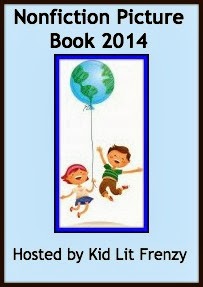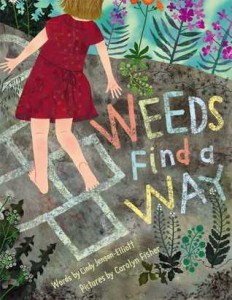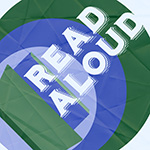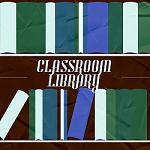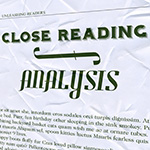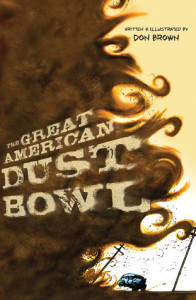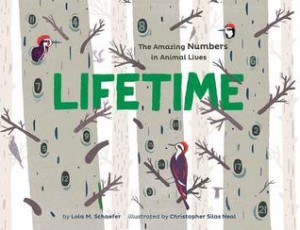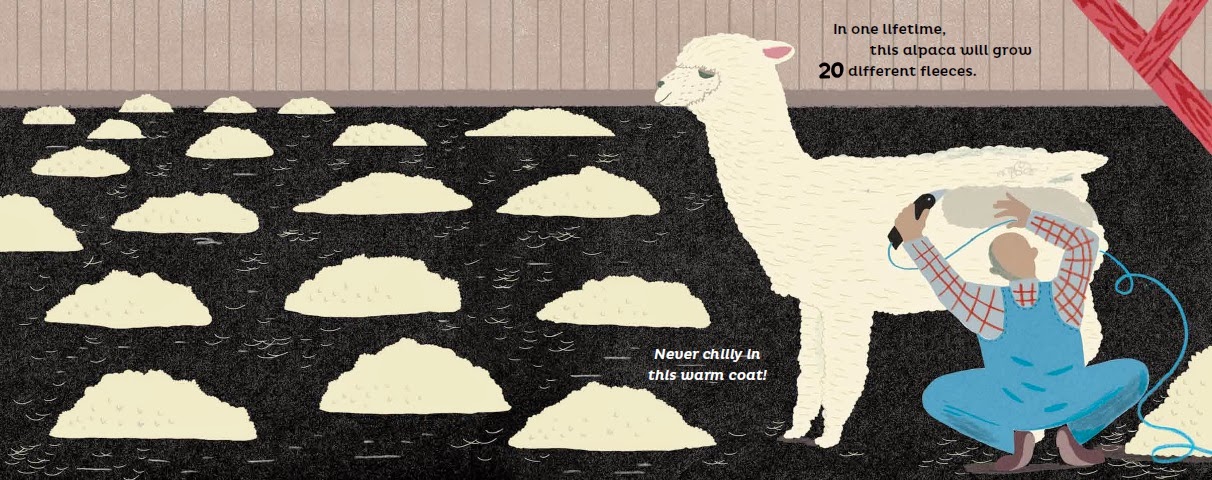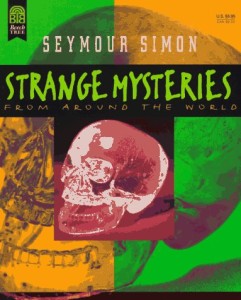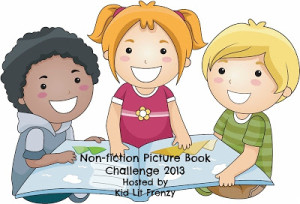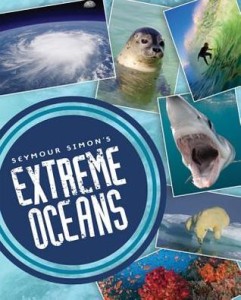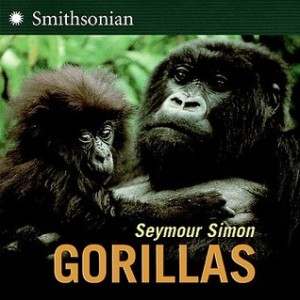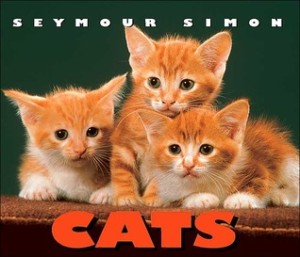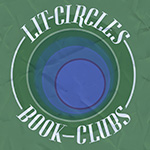Nonfiction Picture Book Wednesday
Nonfiction Picture Book Wednesday is hosted by Kid Lit Frenzy and was started to help promote the reading of nonfiction texts. Most Wednesdays, we will be participating and will review a nonfiction text (though it may not always be a picture book).
Be sure to visit Kid Lit Frenzy and see what other nonfiction books are shared this week!
Weeds Find a Way
Author: Cindy Jenson-Elliot
Illustrator: Carolyn Fisher
Published: February 4, 2014 by Beach Lane Books
Goodreads Summary: Weeds are wonderful! Persistent, exuberant…these plants have personalities, and this nonfiction picture book puts them on colorful display!
From bright yellow dandelions popping through cracks in sidewalks to purple loosestrife growing rampant along roadways, weeds offer unexpected splashes of color and life to the least likely of places. With lovely language and a sly sense of humor, this beautiful picture book celebrates the tenacious temperaments of these pesky plants and is sure to have little ones chanting, “Way to go, weeds!”
Ricki’s Review: The illustrations! The illustrations! I was mesmerized by the gorgeous artwork in this text. As I read it aloud to my son and husband, I was oohing and aahing at the bright, luscious colors. It made me want to go outdoors and lay among the weeds. If it wasn’t the dead of the winter, I would pull my son outside and read the book to him in our garden. There are beautiful passages of figurative language–alliteration that reads like a song, and readers will be sucked into the sprawling passages that evoke lovely images. The book turns readers’ assumptions on their heads. The words and images show that we can find beauty in, of all things, weeds. While I learned much about weeds and found the informational passages at the end (about different types of weeds) to be quite informative, I found the idea of weeds to be symbolic, too.
Kellee’s Review: I was blown away with how fascinating the author made something that we walk by every day and ignore. The text itself is quite lyrical and has the amazing illustrations with it; however, I found the goodies in the research in the afterword. It was very interesting for me to learn that these plants, which we treat like pests, are actually so very useful. I second much of what Ricki says about the figurative language. I love seeing these elements being used in a nonfiction book! Overall, this is a nonfiction book that should be shared with kids and will definitely start some major discussions.
Teachers’ Tool for Navigation: Teachers will find multiple opportunities with this text. They can use it to teach different types of figurative language, or they might ask students to explore weeds in a more symbolic way. We love the idea of using nonfiction at such a young age, and we wonder if teachers might try literature circles with this text. While it is marketed for ages 4-8, it could be used for different purposes with a variety of age groups. The informational passages at the end might allow teachers to help students research about different types of plants. We also love the illustrations so much that we would love to have kids take the pictures and write their own stories to match the images. It would show that nonfiction can be accessible and fun.
Discussion Questions: Why do weeds get a bad reputation? What else might we compare weeds to? Are there other things in the world that are unfairly loathed?; How does the author use figurative language to draw the reader in?; What makes a plant a weed?; Some of the plants shared at the end of the book are useful (for foods, medication, etc.); however, we still treat them as weeds. Why do we have this perspective of these plants?
We Flagged: “Weeds find way to stay, reaching deep with a grip so strong, the stem always breaks first, leaving the living roots behind to sprout again; or pinching into pieces the minute you try to tug them out, spreading into a spray of plant parts that find new spots to take root” (p. 21-22).
Read This If You Loved: The Lorax by Dr. Seuss, Evolution of Calpurnia Tate by Jacqueline Kelly, The Tree Lady by H. Joseph Hopkins
About the Author: Cindy Jenson-Elliott is the author of fourteen books of nonfiction and hundreds of articles for newspapers, magazines and educational publishers. She is a teacher and environmental educator with an MA in education and a passion for connecting children with nature. In her free time, she enjoys swimming in the ocean and spending time outdoors in San Diego, where she lives and gardens with her family of four humans and three Buff Orpington chickens. Visit her at CindyJensonElliott.com.
Recommended For:
Check out all the stops on the WEEDS FIND A WAY blog tour!
|
Mon, Feb 24
|
Growing with Science
|
|
|
Tues, Feb 25
|
As They Grow Up
|
|
|
Wed, Feb 26
|
Kid Lit Frenzy
|
|
|
Thurs, Feb 27
|
Sharpread
|
|
|
Fri, Feb 28
|
Children’s Book Review
|
|
|
Mon, Mar 3
|
Let’s Go Chipper!
|
|
|
Tues, Mar 4
|
Just a Little Creativity
|
|
|
Wed, Mar 5
|
Unleashing Readers
|
|
|
Thurs, Mar 6
|
5 Minutes for Books
|
|
|
Fri, Mar 7
|
Archimedes Notebook
|
**Thank you to Barbara Fisch at Blue Slip Media for providing us with copies for review**
